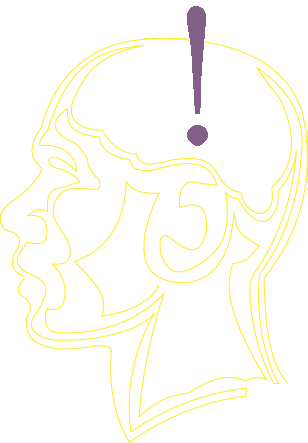

2010 2011 2012 2013 2014 2015 2016 2017 2018 2019 2020
Author(s): Miranda Y. Tang , Claire E. Otero , Jason M. Byce
Presentation: poster
In the past year, the throwing events of C of I’s track and field have become the premier field events, with discus being a vital component. In this event, the discus gains initial momentum through the rotation and translation of the athlete while holding the discus. The intent is to maximize the distance travelled by the discus once it leaves the hand of the athlete. As with all field events, technique needs to be refined to optimize a player’s throw. In order to maximize the throw distance, analyses of a discus’s projectile motion (from release point to landing point) were performed to develop a preliminary model used to identify the primary factors that affected the throw distance—initial trajectory angle and the discus’s own internal tilt. Our kinematic-based model predicted an internal tilt of 33o would provide the best results. The model also suggested that the athlete would achieve better results if their initial release speed and angle were increased. However, earlier studies have shown that a release angle of 45o resulted in maximum distance thrown. Future studies would, by rigorously controlling release velocities and angles, provide clearer technique adjustments.
The College of Idaho 2112 Cleveland Blvd Caldwell, ID 8360 USA 208-459-5011 800-2C-IDAHO